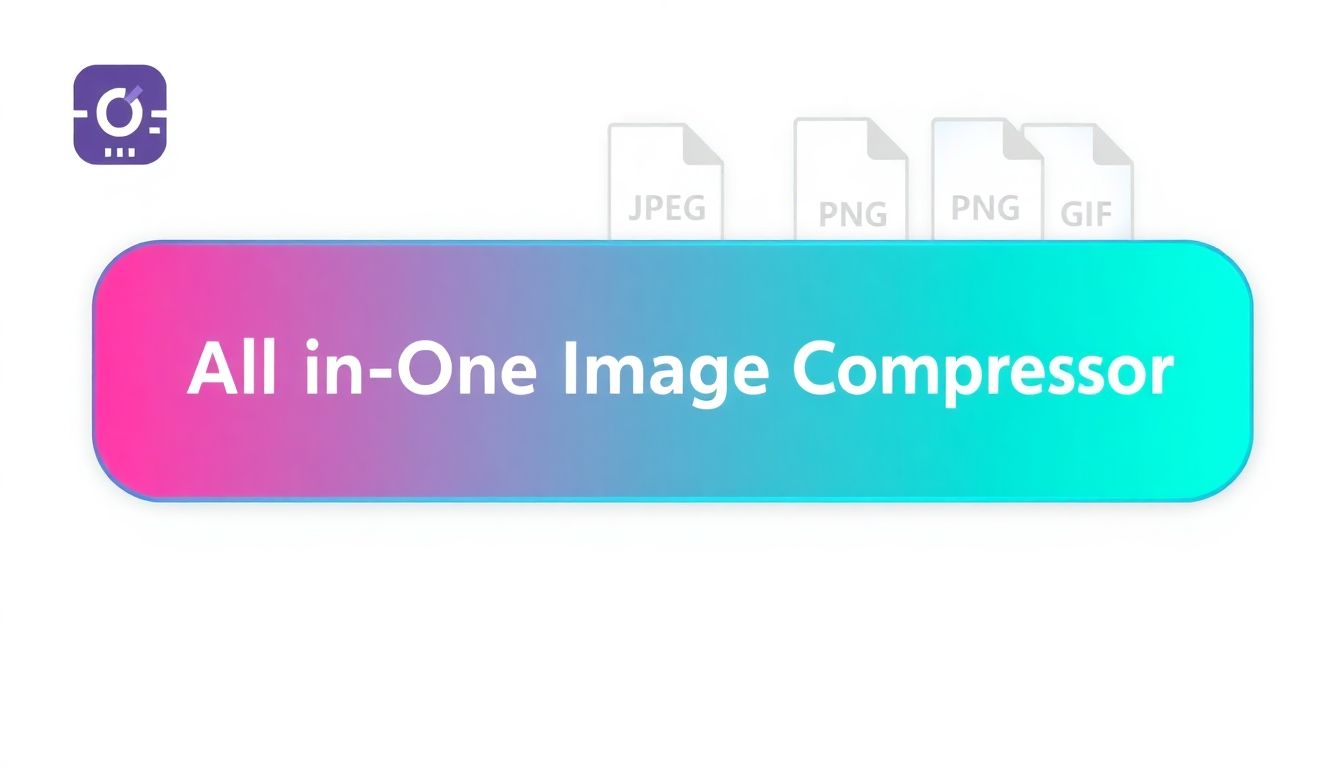All-in-One Image Compressor: Your Ultimate Guide to Optimized Images

All-in-One Image Compressor: Your Ultimate Guide to Optimized Images
Image compression is essential in today’s digital landscape. Large image files can slow down websites, hurting both performance and user experience. With more users expecting quick loads, optimizing images is no longer optional.
Why Image Compression Matters in Today's Digital World
The Impact of Large Image Files on Website Performance
Statistics show that 53% of mobile users abandon websites that take over three seconds to load. Loading speed directly affects user retention. Moreover, Google's algorithm considers page speed as a ranking factor, meaning slow sites can slip down search results.
The Benefits of Using an All-in-One Image Compressor
Using an all-in-one image compressor dramatically improves website speed. Faster websites provide better user experiences, leading to increased engagement. Additionally, well-optimized images boost SEO rankings, pushing your site to the front pages of search engines.
Understanding Image Formats and Compression Techniques
JPEG vs. PNG: Choosing the Right Format for Your Images
- JPEG: Ideal for photographs, offering good quality with smaller file sizes. However, it may lose details with heavy compression.
- PNG: Best for images that require transparency or need to maintain sharpness, but can produce larger files.
Lossy vs. Lossless Compression: A Detailed Explanation
- Lossy Compression: This technique reduces file sizes by removing some data. It’s effective for smaller images where slight quality loss is acceptable.
- Lossless Compression: Maintains the original quality of the image. While the file size remains larger compared to lossy methods, it’s perfect where detail matters.
Top Features to Look for in an All-in-One Image Compressor
Batch Processing Capabilities for Efficiency
Batch processing saves time, allowing multiple images to be compressed simultaneously. Imagine uploading a folder of a hundred images and finishing in a couple of clicks.
Advanced Compression Settings for Fine-Tuned Control
Advanced tools offer the ability to adjust compression levels, balancing size and quality. Some compressors even come with presets suited for various image types, making optimization easy.
Integration with Other Tools and Platforms
Look for compressors that integrate seamlessly with your favorite tools. Being able to compress images directly from design software or platforms like WordPress makes the workflow straightforward.
How to Use an All-in-One Image Compressor Effectively
Step-by-Step Guide to Compressing Images
- Select the right compression settings based on image type.
- Upload your images to the compressor.
- Choose batch processing if handling multiple files.
- Download the optimized images.
Best Practices for Image Optimization Before Compression
- Resizing Images: Ensure each image fits its intended use.
- Removing Metadata: Stripping unnecessary info reduces file size further.
Case Studies: Real-World Examples of Successful Image Compression
Website A: Improved Loading Times and User Engagement After Implementing Image Compression
After using an all-in-one compressor, Website A reported a 40% decrease in load time. As a result, user session duration increased by 30%.
Website B: Increased SEO Rankings Following Image Optimization
Website B saw a boost in SEO rankings, climbing from page three to page one of Google results. Their image optimization led to a 50% increase in organic traffic.
Conclusion: Streamline Your Workflow and Optimize Your Images with an All-in-One Compressor
Key Takeaways
Image compression is crucial for website performance and SEO. An all-in-one image compressor enhances your workflow and improves user experience.
To improve your image compression process, start by selecting a reputable compressor today. Optimize your images and watch your website thrive.
